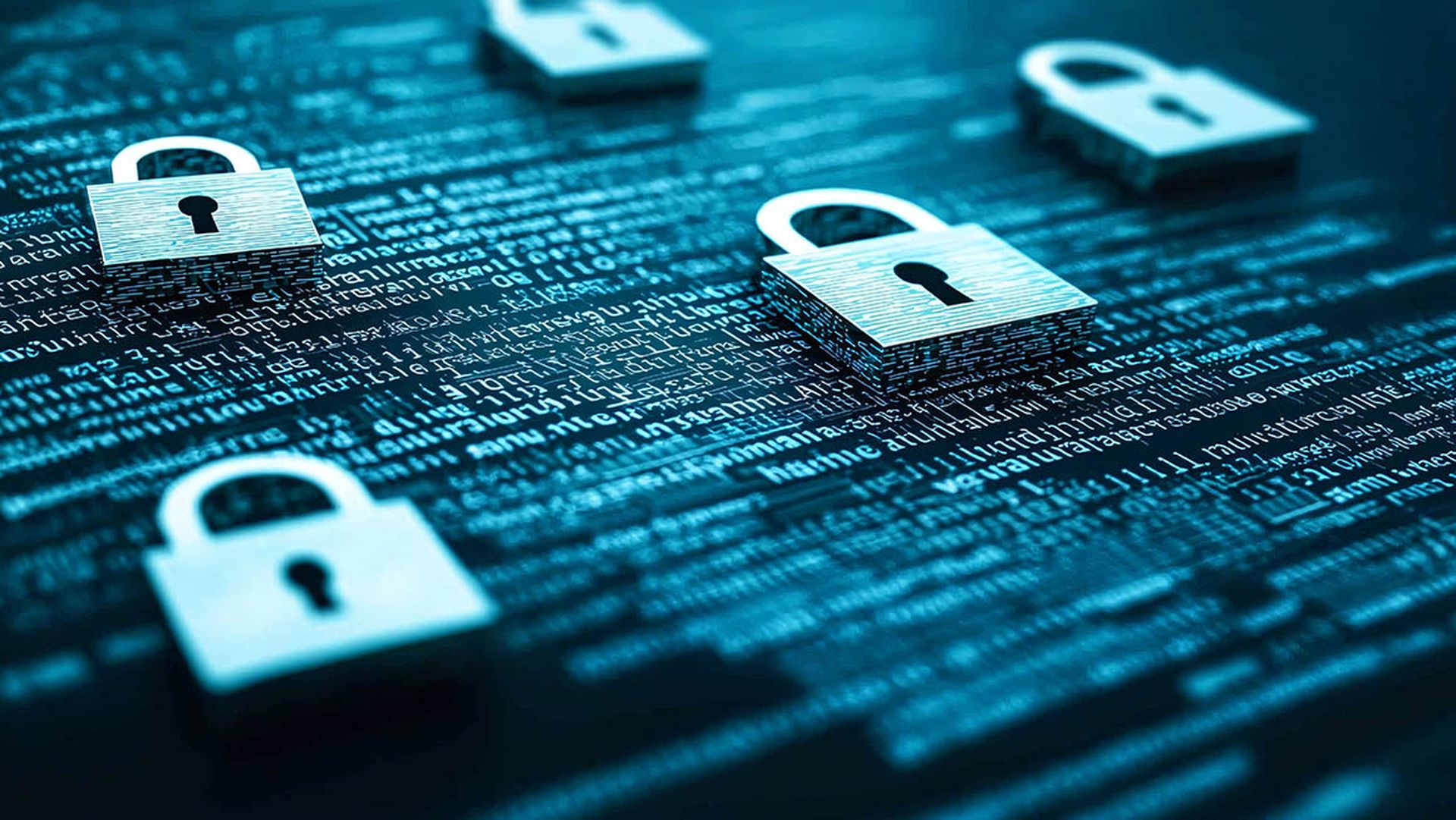
In order to protect an IT infrastructure, the cyber defense strategy must also be able to neutralize advanced threats through intelligent security technologies, following a zero-trust policy to prevent the execution of unpermitted applications and processes. However, many companies do not have sufficient resources to manage an effective cybersecurity model that requires automation, traceability, intelligent classification, visibility, detection and response, behavioral analysis, etc., to better defend against increasingly sophisticated cyber threats.
Objective: to achieve end-to-end protection
For a true protection experience that integrates the broadest range of advanced cybersecurity technologies, it would be best to have a service provider with the latest breach mitigation technologies and a platform that enables operational ease, with comprehensive multi-layered security across the network, users, hosts, and applications.
5 keys that a security platform needs to cover in order to be comprehensive
There are many mitigation strategies to minimize the impact of a potential cyberattack, and you can also take additional security measures, such as having a platform that offers useful features like these:
- Clarity and control: Centralized visibility interface and management reporting, giving technical teams a single pane of glass for end-to-end security management.
- End-to-end security: To stop attempts to discover and exploit vulnerable systems, phishing, ransomware, intrusions, and advanced malware across all your users, environments, and devices.
- Shared knowledge: With correlation and a strong identity framework delivered from a single platform to close visibility gaps and bring security shadows to light.
- Operational alignment: Security that works for your business with different purchasing options and easy API integration.
- Automation: Automation speeds up processes, killing threats and enabling IT teams to do more in less time, allowing them to focus on business-oriented security management.
The lack of a unified cybersecurity strategy is the number one reason organizations fall victim to a ransomware attack. As an MSP, you will be interested in how the Unified Security Platform architecture from WatchGuard meets the five key features listed above, giving your customers the visibility and intelligence they need to effectively search for threats, accelerate investigation, and act on the endpoint immediately with the broadest range of advanced technologies combined with the Zero-Trust Application Service and Threat Hunting Service.
Stay up to date with the latest cybersecurity news from this and other industries on our WatchGuard Website and WatchGuard Blog.
Author Begoña Sagüés is lifecycle marketing manager at WatchGuard Technologies. Read more WatchGuard guest blogs here. Regularly contributed guest blogs are part of ChannelE2E’s sponsorship program.




